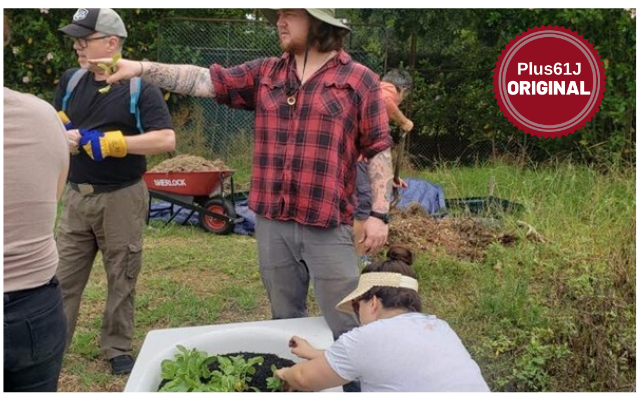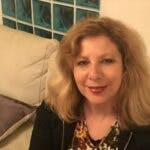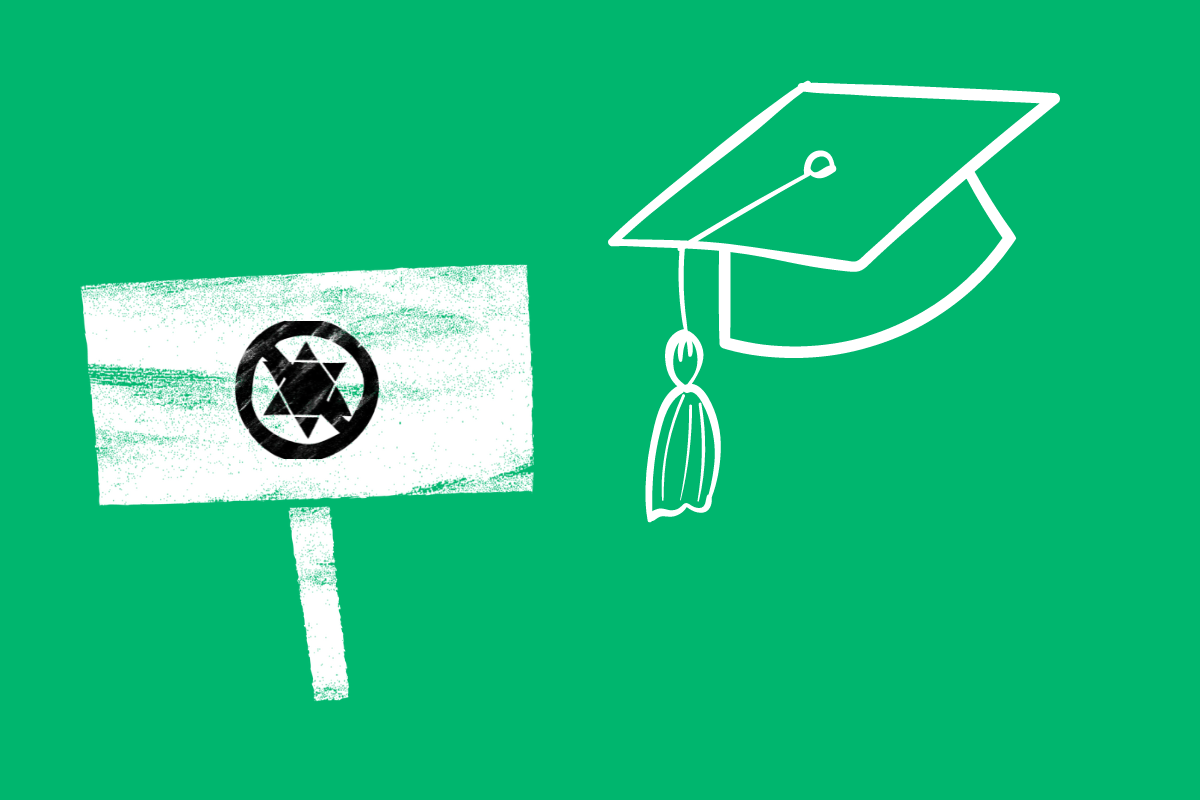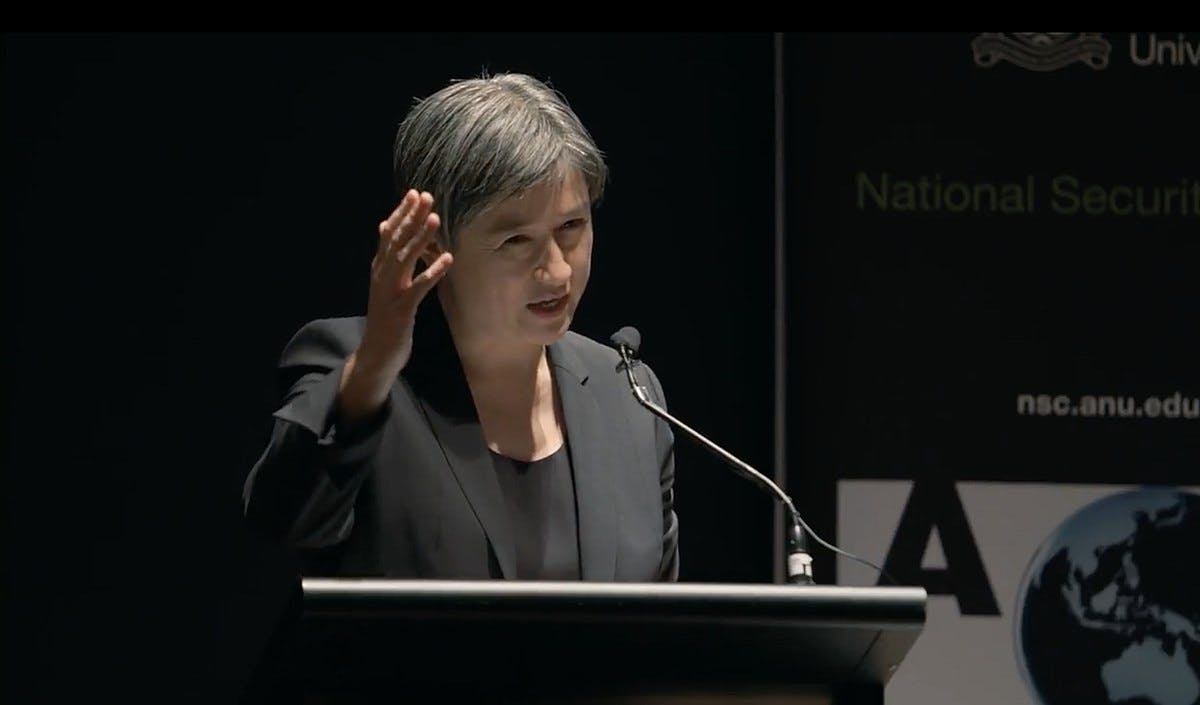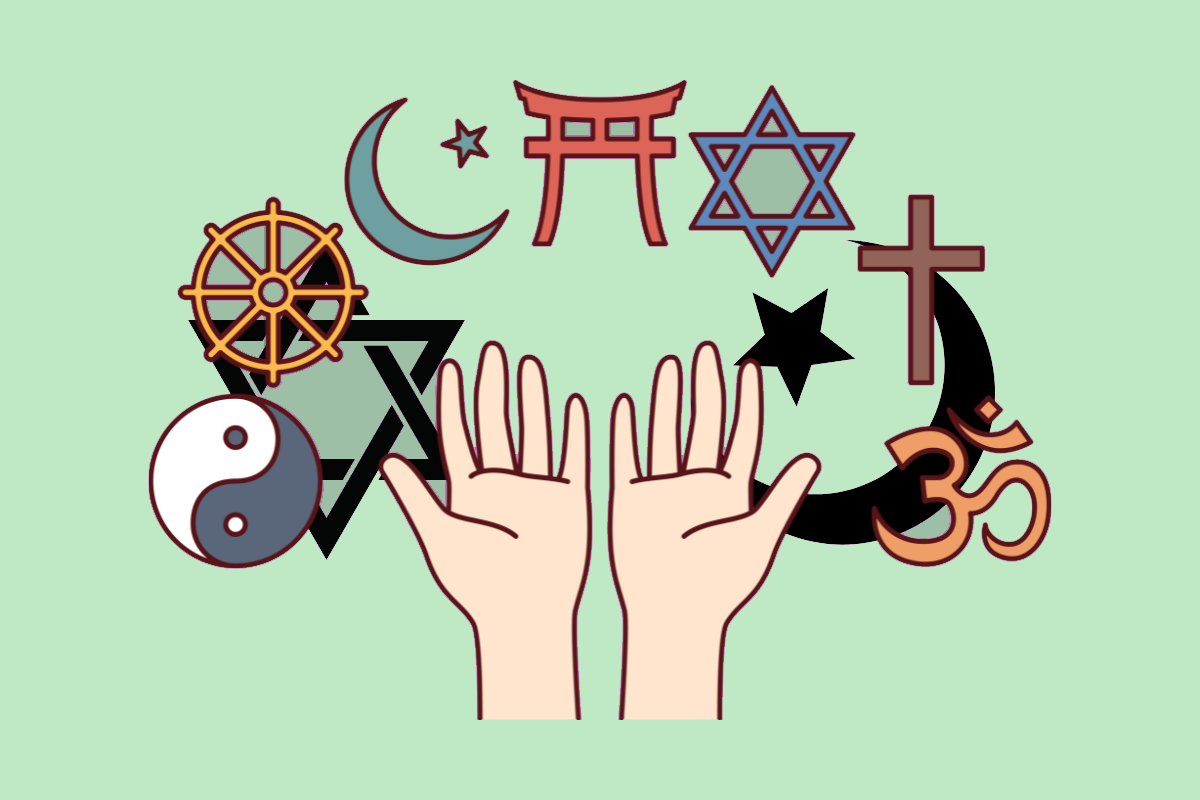Published: 16 April 2020
Last updated: 4 March 2024
THE MENORAH IS THOUGHT to be based on the ancient Jerusalem sage plant, which still grows in Israel and is believed to have been burnt as incense during religious ceremonies held at the First and Second Temples.
The payot (side curls of religious men or “corners of a beard”), which aren’t supposed to be shaven, are based on the tzitzit, attached to the four tallit corners.
And the tallit, in turn, is believed to be derived from the shape of a field and the ancient Torah principle of not reaping its corners (pe’ah) so the underprivileged can obtain food. This commandment is the basis of tzedaka (charity).
Who knew? Who would have thought that visiting Adamama, the Sydney Jewish urban educational farm, would reveal a new perspective on our Jewish traditions?
Adamama (“mother earth”), which can be found in a forgotten area behind the grass tennis courts at Hakoah’s yet-to-be developed White City project in Sydney’s Paddington, embraces the Jewish ethical principle of not wasting anything in the name of sustainability.
It took farm manager Mitch Burnie a week to rehabilitate, clearing weeds, rubbish and more than 200 tennis balls so he could prepare the small land parcel for planting, and become the first Australian example of the Jewish farming movement that started in America.
Burnie set up Adamama with the support of the Shalom cultural and educational centre, where his previous role was Program Manager for young adults - so he’s adept at organising people and sparking their interest in projects.
[gallery columns="1" size="full" ids="34928"]
Since the farm was established, about four months ago, around 200 people have visited Adamama, especially through the working bees held every second Sunday. Word of mouth and social media have enhanced its patronage. “They’re finding their community and people, their tribe,” Burnie observes.
Currently, he is the only one who works there and often goes in six days a week, a commitment that now comprises 80 per cent of his work with Shalom. These working bees help maintain and enhance the farm, together with other people who drop by intermittently to help in a voluntary capacity.
Adamama farm has already endured a baptism of fire. “During the bushfires there was smoke everywhere and dust on the plants. And during the drought we couldn’t water properly,” says Burnie. “It didn’t rain for two months then there all of a sudden there was a storm which ruined half of the crops.”
The good news is that it’s now thriving. “We have raised beds here in Sydney, as the soil isn’t ideal, with capsicum, cucumbers, corn, tomatoes, bok choy, eggplant, spinach and many herbs. Onion, cabbage, broccoli have just gone in. We have native corn, eucalyptus and tea trees.”
A greenhouse is being built and there’s an area of plantings in a circle comprised of recycled tyres, separated into four quadrants – one of which features plants local to Australia, which represents when festivals are celebrated and how everything is based on the lunar calendar.
“It’s in the shape of a compass on the ground, with Hebrew as well as English signs so people can walk through; it makes the farm aesthetic as well as practical and educational.
[gallery columns="1" size="medium" ids="34929"]
This renewed interest in farming is seen as a pathway for younger people to rediscovering their Judaism. Is it also a way for Jewish people generally to connect with community? “I think it’s really about linking universal values to the thousands of years of tradition and culture,” Burnie says.
He set up Adamama after Shalom last year sent him on a three-month Adamah Fellowship to the Isabella Freedman Jewish Retreat Centre in Connecticut, which is a project of Hazon, the Jewish Lab for Sustainability.
Hazon promotes change through immersive experiences, focusing on food production and systems. Jewish agricultural ethics are taught at the Adamah program, with an emphasis on social responsibility and ecological restraint.
Farmers - historically, that’s who we were before we left the Second Temple.Our main festivals – Shavuot, Pesach, Rosh Hashanah and Succot – are about what was growing (there) at the time.
The year before, Burnie had gone to America for Shalom to review a number of projects and courses and it was the Adamah program that inspired him; it appealed to his interest in sustainability and he felt it could be the next big thing.
Hazon has clearly tapped into a strong universal yearning. One of its offshoots is the US Jewish Farmer Network. Within two days of starting in 2016, the JFN had 200 people signed up. Now the number is around 800, and another 1,600 follow the group on Instagram, according to a report in the Times of Israel.
In turn, the inaugural JFN conference was held near Baltimore in February - a sold-out gathering of 160 Jewish farmers, with 30 more waitlisted.
What is it that draws certain Jews to farming? “We’re (originally) farming people,” Burnie explains. “Historically that’s who we were before we left the Second Temple. Then we became The People of the Book – before that we couldn’t read. And our main chagim (festivals) – Shavuot, Pesach, Rosh Hashanah and Succot – are about what was growing (there) at the time.”
What also attracts Burnie is being outdoors: “We spend so much time indoors, and I like being able to connect food, culture, history, and tradition in this space. There’s also the self-sufficiency and communal sustainability angle, as well as helping people upskill.”
[gallery columns="1" size="full" ids="34930"]
Burnie usually arrives at the farm, which he sees as his “office”, around 6.30am every day (except Shabbat). Anyone can drop by, with 40-minute farm tours proving particularly popular. “People book tours for their work. We stop at the compost and talk about Bal Tashchit, the tradition that forbids destructive and wasteful acts and has long been considered central to a Jewish environmental ethic - how not wasting can help us improve physically and spiritually.”
People bring their partners, children, babies and dogs. “When they come here, and particularly for the kids, I say ‘touch everything, feel everything’. These tours are educational and cultural, and people are learning.
“If someone comes to Adamama and learns how to do composting at home – tick. If they’re doing it because of Bal Tashchit – tick. If someone learns that it’s easy to grow food – also tick.
“People discover that such customs and agricultural norms are literally rooted in history and tradition.”
Adamama is really a community space, he adds. “Every suburb has a community garden. The difference with them is that people buy or rent plots; Adamama belongs to everyone; we all enjoy it together.”
Burnie has plans for expansion as well as self-sufficiency. “We’re still growing. I have big dreams for what this could be; I want it to be four times bigger than it is,” he enthuses. The farm area is around 500 square metres and around 350-400 square metres are currently being used, so he’s hoping it will literally continue to grow, to other locations.
“I’m providing the space, the Jewish [perspective] and the farming side and growing crops. But I want people to help me build what the community will look like.”
Photo: Adamama manager Mitch Burnie directing traffic at the farm
